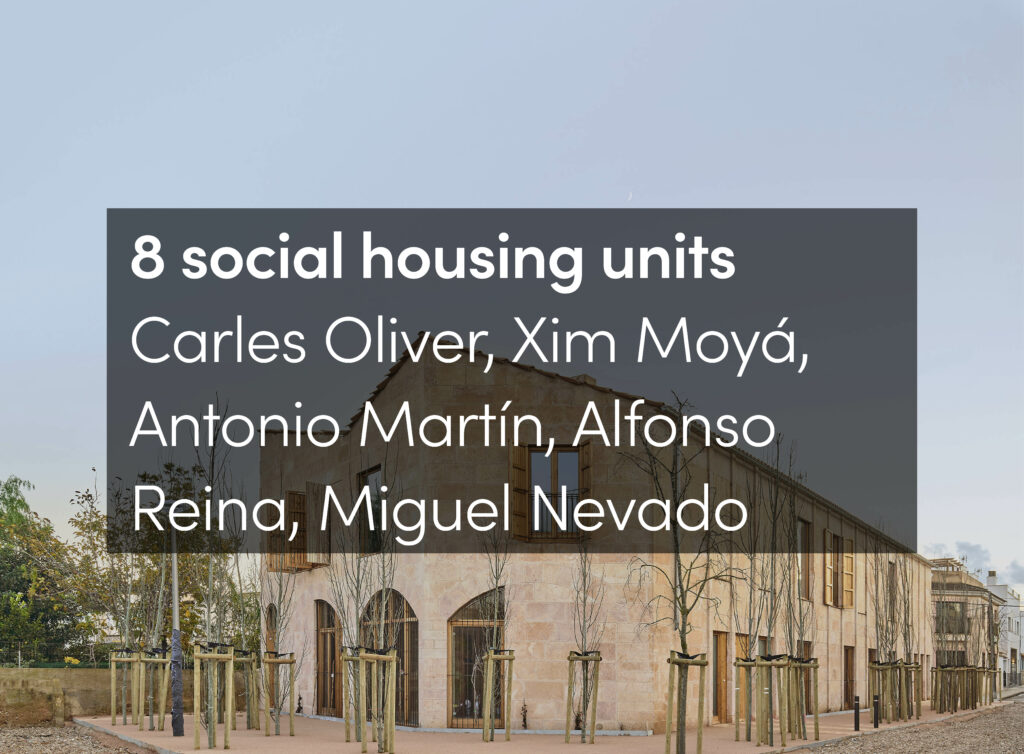The way we sense heat is more complex than we like to admit. Thermal comfort standards define what is acceptable in buildings, and these standards evolve as we learn more about thermal sensation. Most people will agree when it is far too hot or far too cold. But in between, it’s harder to predict how people will react. What will they tolerate? What they will they enjoy? Any number of physiological, psychological, cultural and climatic differences could tip the balance.
At first, the purpose of thermal comfort standards was to define a universal range of temperatures that would apply to all people in all buildings in all climates at all times. These standards developed alongside air-conditioning technology and modernist architecture. Together they gave rise to the International Style. But new thermal comfort standards signal a change in approach. They acknowledge important subtleties in thermal sensation, such our tendency to adapt to seasonal changes, or our tendency to tolerate warmer temperatures if we know we can open a window[1].
It’s hard to overstate the importance of these revisions. The target comfort range is the starting-point or closing-door to all conversations on passive design. Medellín is a case in point. On a typical day, the temperature will oscillate between 18°C and 28°C in the shade, and there is very little variation throughout the year. Most people will instinctively say that the upper part of this range is too hot, leading to the conclusion that air-conditioning is necessary. But according to the new standards, this temperature range is okay for office activities, so long as there is sufficient air-movement[2]. This raises an important question: If we can’t design buildings without air-conditioning in The Eternal Spring, where else can we?
One of the major challenges of natural ventilation is the unpredictable frequency, direction and strength of wind. In Medellín, the direction of the wind is reliable, but it is only strong enough for about 40% of the year. Thankfully, in the last decade, progress has been made in understanding a more reliable driving force — buoyancy. Buoyancy ventilation is a different kind of natural ventilation. It isn’t powered by the wind. It’s powered by the waste heat from occupants, computers and other internal heat gains.
Hot air rises, as every paisa who ever made a globo knows. We have designed our building to exploit this effect. A chimney connects to all the office floors. Heated by occupants and computers, the interior air rises naturally up the chimney. As it escapes at the top, fresh air is pulled in from the windows and across the floor plates.
With wind-driven ventilation, the fresh air is pushed in from the sides. But with buoyancy ventilation, the fresh air is sucked in from the sides—by the warm air column rising up the chimney. So the action is different. And it’s also more reliable. On a hot day, when the occupancy is high, there may not be enough wind to flush out the interior. But buoyancy ventilation is different: as the occupancy increases, so does the driving force. In other words, buoyancy is a force you can engineer. By design, we can reliably sustain a ‘breeze’ in the absence of wind.
How does one know how to size the chimney and the windows? If the openings are incorrectly sized, there will not be enough air flow, and the interior will overheat. This used to be a difficult problem, especially for multistory buildings. But new research has provided new insights. We now have simple mathematical models that retain the most important physics[3]. Now design teams can easily decide if buoyancy ventilation is feasible, early on in the design process.
The video below shows an ‘app’ based on these mathematical models. I developed it so the EDU design team could size the windows and the chimney properly, and make any necessary adjustments during the life of the building. The table shows what size the openings should be on each level, to ensure that everyone gets the same deal. If you increase the fresh air rate per person, the openings increase, while the interior temperature (relative to the exterior) falls. It turns out that, by adjusting the openings properly, we can keep the average interior temperature at no more than two degrees above the exterior, while providing three or four times the normal amount of fresh air per person[4].
Multistory Buoyancy Ventilation. I developed this ‘app’ to help the EDU team design the chimney and the windows on each floor. The buoyancy force is generated by the heat from people and equipment. At higher levels, the resulting suction force at the facade is proportionally less. So the window openings need to be larger to deliver the same quantity of fresh air to that floor. See: Andrew Acred and Gary R. Hunt, “Stack Ventilation in Multi-Storey Atrium Buildings: A Dimensionless Design Approach,” Building and Environment 72 (February 2014): 44–52, doi:10.1016/j.buildenv.2013.10.007
There will be three openable windows per floor, spaced to give an even distribution of fresh air, from the least polluted and quietest sides of the building. Our current idea is to put graphics on each window, showing occupants how much they should open the window, depending on how many people are on that floor that day.
What about in the afternoon, when the exterior temperature can exceed 28°C in the shade? To tackle this, we exploit two environmental aspects. First, the chimney faces west, so it will receive a ‘solar boost’ in the afternoon. This will increase the fresh air rate by up to a third. Second, we utilize thermal mass. The exposed concrete ceilings will cool down at night, staying relatively cool during the day. They will absorb radiant heat from occupants, making it feel cooler than the exterior for most of the time.
We see this building as a laboratory. It’s an experiment in buoyancy design, and a test of the comfort standards. The occupants are mostly architects and city planners, working for EDU. They will experience the theory and reality of buoyancy ventilation first hand. They will get to know the successes and the failures intimately. They will see how to improve the design, and how to apply the concept to different building types across the city.
And it’s not just an experiment for EDU. We plan to broadcast the performance of the building live on the internet. Most clients and architects are not prepared to share this kind of data, because it may reveal oversights in the design or operation. But if nobody knows how buildings actually perform, how can we as an industry collectively learn from our successes and failures?











